To test artisanal chocolate quality, first listen for the snap—a crisp, clean break indicates proper tempering and crystallization. Next, engage your senses with aroma profiling by smelling for distinct notes of cocoa, vanilla, or nuts; you can even try the "lipstick method" on your wrist. Finally, examine the ingredient list—high-quality bars have minimal, traceable components with cacao as the star. These simple tests will transform how you appreciate fine chocolate.
The Snap Test: Evaluating Bar Structure and Texture
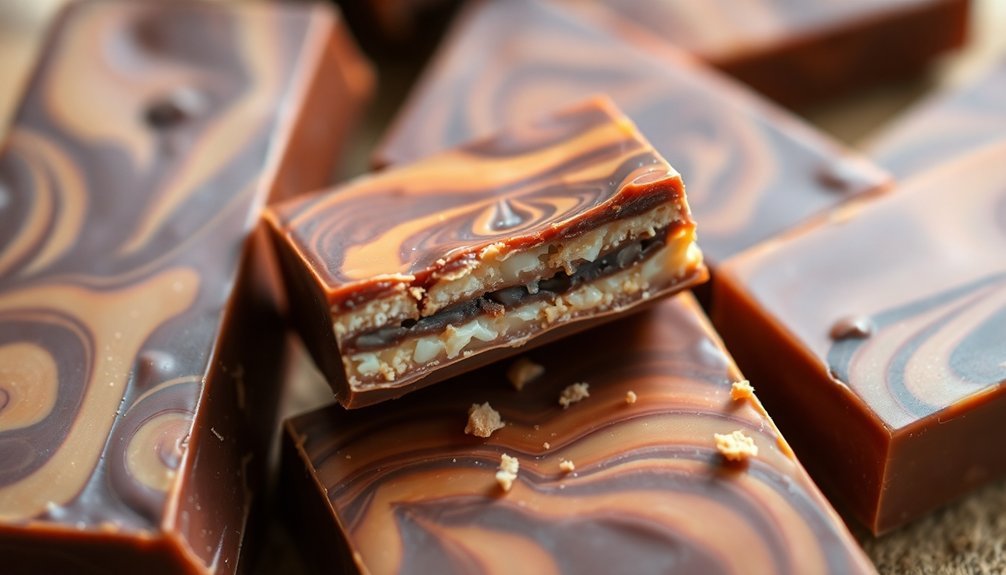
When you break a piece of chocolate, that distinctive crisp sound reveals far more than just a satisfying sensory experience. It's a pivotal quality indicator that demonstrates proper tempering and crystallization.
The symphony of a proper chocolate snap speaks volumes about its craftsmanship long before it touches your palate
You'll want to perform the snap test at room temperature using a serrated knife. A well-crafted bar breaks cleanly with a sharp, audible snap—this signals proper molecular alignment. High-cocoa bars typically produce sharper snaps due to lower dairy fat content, while milk chocolate tends to be more yielding.
Listen carefully to the sound: a dull or soft break suggests improper tempering or bloom issues.
Before breaking, examine the bar's appearance for glossiness and evenness. Quality chocolate should have a glossy appearance and uniform color, indicating proper handling during production. The snap quality directly correlates with mouthfeel, shelf stability, and ultimately, your enjoyment of the chocolate experience.
Sensory Analysis: Aroma, Color, and Visual Appeal
Beyond the snap test, your sensory experience with handmade chocolate bars expands to include aroma, color, and visual presentation. Quality assessment begins with aroma profiling, where you can identify specific notes like cocoa, vanilla, or nuts.
Try the "lipstick method" by rubbing chocolate on your wrist to evaluate aroma persistence.
For visual appeal, examine the chocolate's color intensity, shine, and uniformity. Colorimetry tools provide objective measurements, but your trained eye can detect surface irregularities or bloom.
Don't overlook packaging—craftsmanship, storytelling, and certifications all enhance perceived quality. Research shows consumers often judge chocolate quality based on extrinsic cues rather than actual flavor profiles.
Remember that your perception is influenced by cultural factors and emotional experiences. Different regions have distinct preferences, making sensory analysis both scientific and deeply personal.
The most thorough evaluation combines objective techniques with your subjective experience.
Ingredient Quality Assessment: From Raw Materials to Final Product
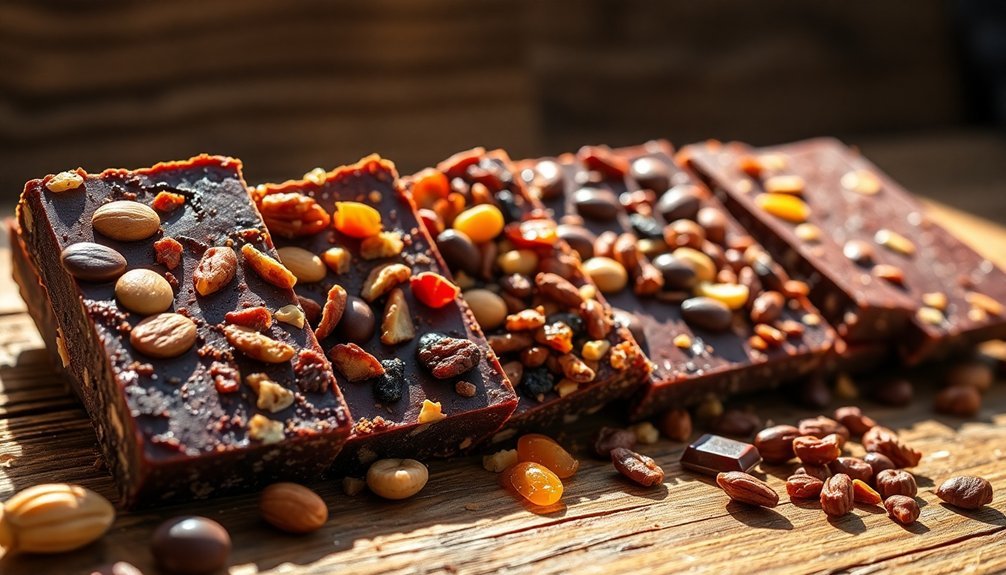
Evaluating ingredients forms the cornerstone of chocolate quality assessment, as exceptional bars begin with superior raw materials.
When examining ingredient quality, focus on cacao percentage, bean origin, and minimal additive presence. High-quality artisanal chocolate typically contains directly-sourced cacao with clear traceability from farm to bar. The ingredient list should be notably short, starting with cacao as the primary component.
Test ingredient quality through:
- Bean examination – Look for uniform size, consistent fermentation, and absence of mold
- Sourcing verification – Confirm beans come from reputable farms practicing sustainable and ethical methods
- Ingredient list assessment – Prioritize chocolates with few ingredients, avoiding artificial flavors, colors, or unnecessary fillers
The manufacturing process also impacts final quality. Properly executed steps like roasting, conching, and tempering transform quality ingredients into exceptional chocolate with complex flavor profiles and ideal texture.
Frequently Asked Questions
How Do You Properly Conduct a Blind Chocolate Tasting?
You'll need numbered samples, tasting sheets, and a palate cleanser. Break the chocolate to evaluate snap, smell it, then taste. Note appearance, texture, flavor, and aftertaste without knowing brand identities.
Can Storage Conditions Affect Chocolate Test Results?
Yes, storage conditions dramatically affect your chocolate test results. Higher temperatures (above 20°C) cause fat bloom, softening, and altered flavor profiles, while proper storage (15-18°C) preserves the texture and sensory qualities you're evaluating.
How Frequently Should Artisanal Chocolate Producers Test Their Products?
You should test your artisanal chocolate quarterly at minimum, with additional testing when changing suppliers, ingredients, or processes. Monthly testing is ideal if you're managing heavy metal concerns or high production volumes.
What Equipment Is Necessary for Professional Chocolate Quality Testing?
You'll need essential equipment including a temper meter, moisture analyzer, viscometer, colorimeter, and particle size analyzer. For sensory evaluation, assemble a trained tasting panel to assess flavor, texture, and mouthfeel characteristics.
How Do Ethical Sourcing Practices Impact Chocolate Quality Scores?
Ethical sourcing practices directly boost your chocolate quality scores. You'll notice better flavor profiles when farmers can invest in premium cultivation methods, and you're supporting sustainable practices that enhance bean quality and consistency.
In Summary
You've now mastered the three essential quality tests for handmade artisanal bars. By evaluating the snap for perfect texture, conducting thorough sensory analysis of aroma and appearance, and appraising ingredient quality from source to final product, you're equipped to identify truly exceptional craftsmanship. Whether you're a consumer or creator, these simple tests will transform how you appreciate and select premium handmade bars.

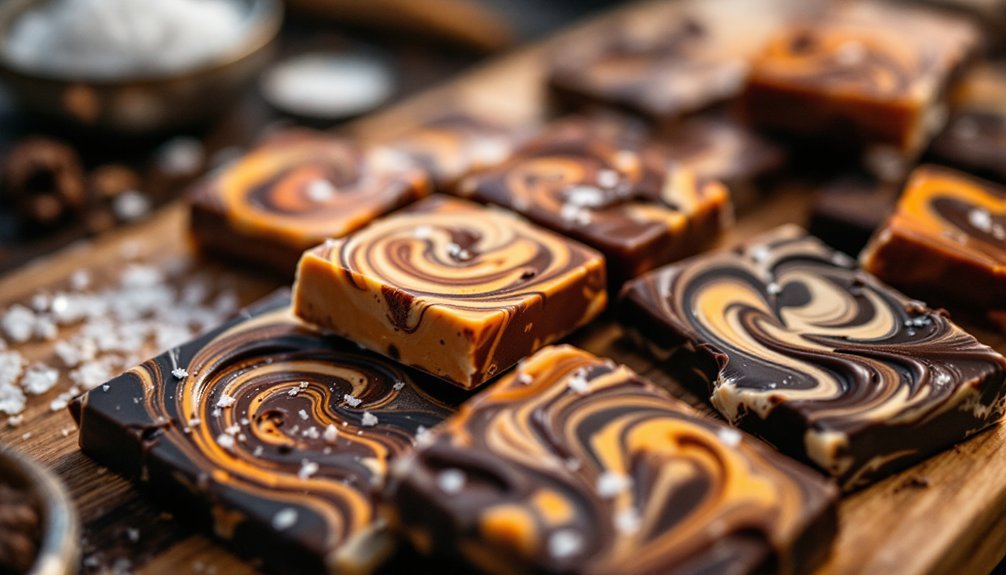
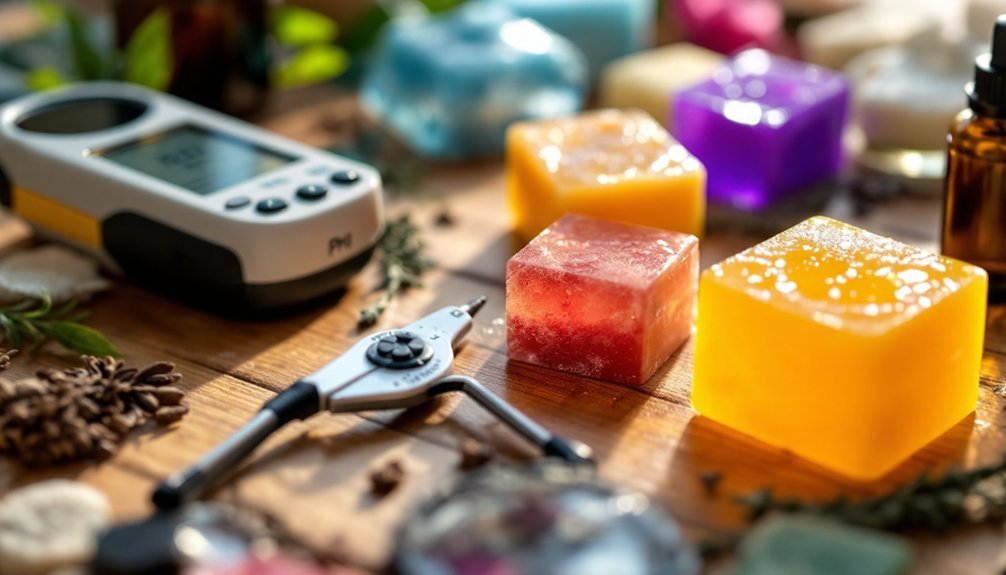
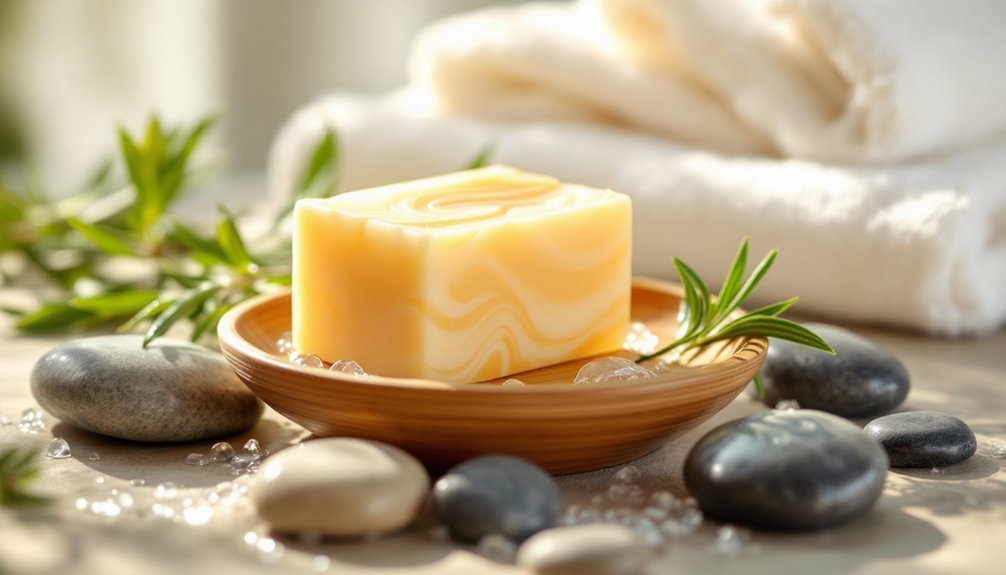
Leave a Reply